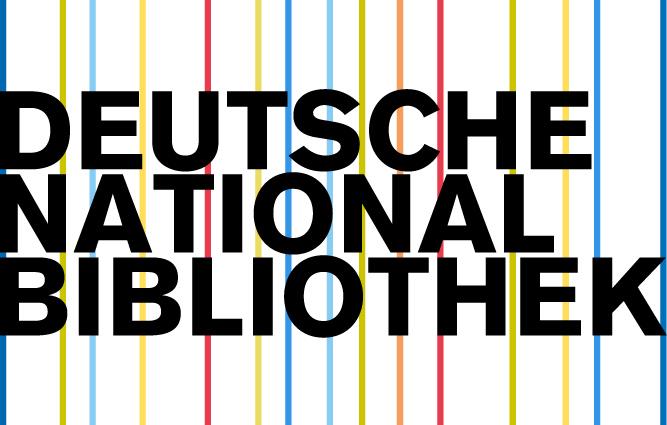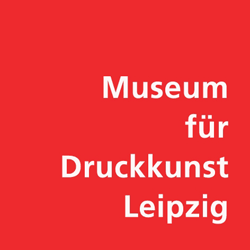Search the Community
Showing results for tags 'leipzig'.
-
The Hochschule für Grafik und Buchkunst (HGB) in Leipzig (Academy of Visual Arts Leipzig) is one of the oldest art schools in Germany, dating back to 1764. The school has four colleges specialising in fine arts, graphic design, photography and new media art with around 500 students. The class for type-design at the Acdemy of Visual Arts Leipzig is run by Fred Smeijers and Stephan Müller and currently the only class with its main focus on typefaces taught at a German art academy. The academy upholds its tradition for teaching typefaces established in 1904, with the positioning of the typeface designer in today’s world as its primary concern. Work in the class for type-design will deal with “production possibilities” of typefaces, as well as research and consider current typeface usage, thereby covering typefaces used in publications and on the screen. Here the history of typography is also important. Research and analysis of historical models, the study of typeface history, typeface designers and typography illustrate the link between typeface usage and society, highlighting production possibilities and helping to determine the positioning of typefaces in today’s world. Study is divided into weekly general lessons spread over two days, in which smaller exercises, accompanying tasks and a key semester project are the main focus. Appointments for individual and group consultations can be made. In addition to the general lessons, each student chooses his/her own project on which he/she working and researching throughout the whole semester. Subject-specific excursions and workshops will also take place outside of the academy. (Image: Leander Seige, 2006, GNU FDL)
-
- type design
- education
-
(and 2 more)
Tagged with:
-

German Museum of Books and Writing (Leipzig)
Ralf Herrmann posted a directory entry in Museums & Libraries
The book has shaped our culture and civilisation like no other medium. For centuries our knowledge about the world and its peoples has been stored, handed down and updated in books. The task of the German Museum of Books and Writing (Deutsches Buch- und Schriftmuseum) is to collect, exhibit and process evidence of book and media history. Founded in 1884 as the Deutsches Buchgewerbemuseum (German Book Trade Museum), it was integrated in the Deutsche Bücherei in 1950 following the loss of its building and some of its stock in World War 2. It is the oldest book culture museum in the world, and also one of the most important with regard to the scope and quality of its collection. The main focus of the museum’s work today is on the book and its myriad aspects: as an ingenious invention and as the product of economic and technical processes, as a social icon and the most important vehicle of culture, as a work of art and as a censored and burned repository of ideas. Even after the transition to the era of digital networks, the museum has two main functions. It is a museum which acts as an academic documentation centre for book and media history. But it is also an inviting and vibrant place of cultural education, aimed at bringing culture to a wider audience and attracting visitors with its exhibitions and educational programmes. The opening of the 4th annex building of the German National Library in Leipzig sees the German Museum of Books and Writing enter a new era. Air-conditioned store rooms, expanded work areas and generously proportioned public areas provide optimum conditions for the long-term storage and use of the collection. A modern reading room houses the specialist library and more than one million museum objects for research, study and practical use. The new display vault features a small selection of special collection items, ranging from medieval manuscripts and early Bible prints through to unique artists' books. The museum gallery is aimed at younger users aged between 6 and 16 in particular, and provides them with an opportunity to learn all about writing, books and paper in a more informal environment. Serving as a showcase for the German National Library, the museum’s new permanent exhibition provides an insight into 5000 years of media history. Entitled “Characters—Books—Networks: From Cuneiform to Binary Code”, it spans everything from the rise of early writing systems via bookprinting with movable type through to the digital online world, and also offers a light-hearted overview of the future of the information society. As a supplement to the permanent exhibition, the virtual exhibition features trenchant histories, pictures, films and sound recordings related to 5000 years of human and media history. Holdings A network of collections which have developed gradually over a long period of time forms the basis of the museum’s function as a scientific archive and centre for research into the history of writing, books and paper and as a vibrant location for exhibitions and information on book and media culture. The State of Saxony laid the foundations for the collection of prints in 1886 when it purchased the 3,000 historical copies of the Dresden tailor, publisher and book collector Heinrich Klemm's extensive collection. Numerous, and in some cases substantial, donations of major collections played an important role in the systematic expansion of the holdings (see Chronicle). The museum suffered heavy losses in the Second World War. The most valuable items of the Klemm collection were in storage elsewhere at the time (manuscripts, incunabula including a 42-line Gutenberg Bible and a valuable collection of book cover and cloth prints) and were confiscated by the Soviet occupying force in September 1945. These holdings have been held ever since by the Russian State Library in Moscow. Today the museum's stocks encompass over a million exhibits, safeguarded in the ideal environment of the modern stores in the annex building of the German National Library. Historical prints and modern book art, individual graphic sheets and series, watermarks, decorated paper, paper samples and sample books, records and documents on the history of books and paper, early writing surfaces and book forms, writing instruments, small graphic utensils and machines for the manufacture of fonts, books and paper are at the heart of the highly informative collection of samples. In their specifics and interconnected content, the collections and the reference library provide an extraordinarily complex and interdisciplinary insight into book, writing and paper-related issues which also takes into account the historical contexts in terms of culture, media and communication. -
Leipzig is a city with rich traditions of bookmaking and publishing. The Druckkunst-Museum (“Museum of the Printing Arts”) is unique for the scope and diversity of its exhibits. The outstanding feature of this museum is that all appliances, tools and machines are not presented as mute testimonies to their time, but as vivid working demonstrations of a wide range of techniques. Hands-on experimentation plays a major role, making the museum ideal as a platform for courses and workshops. A further dimension is added by independent artists, who are invited to use the facilities for their work. And as a museum open to the public, the Museum of the Printing Arts Leipzig welcomes everyone interested in the art of printing, gives room to temporary exhibitions and provides a venue for lectures and symposia.






